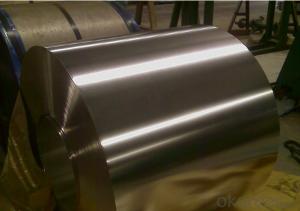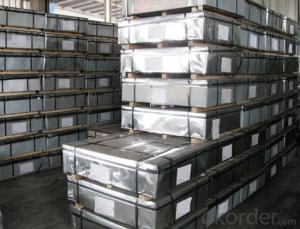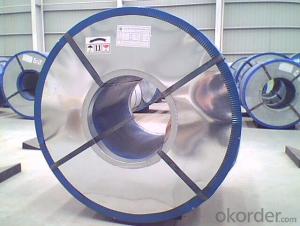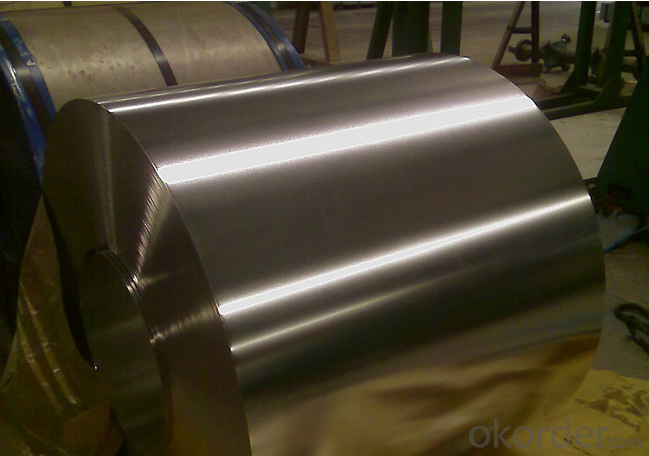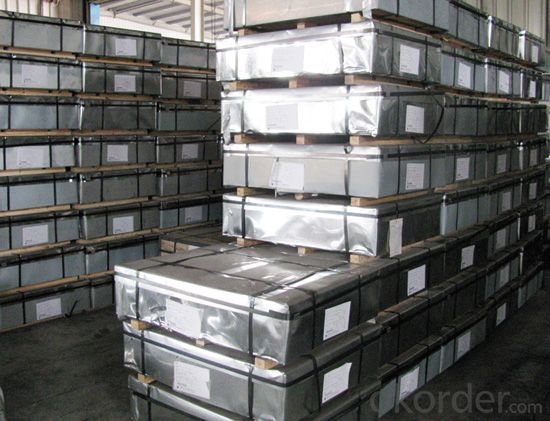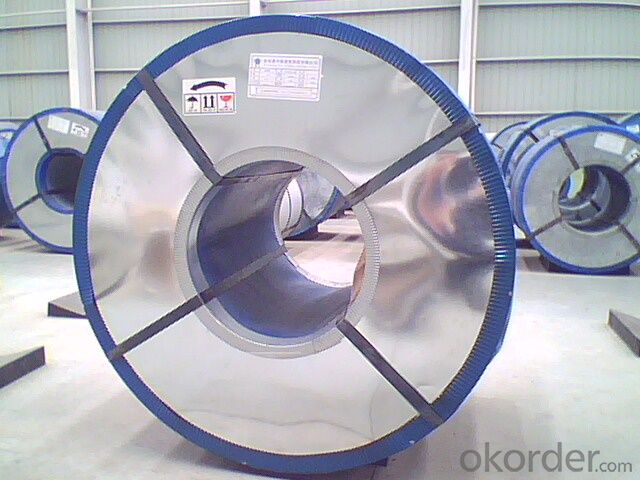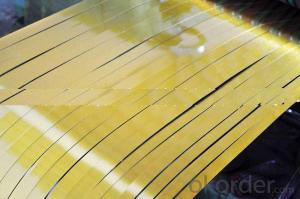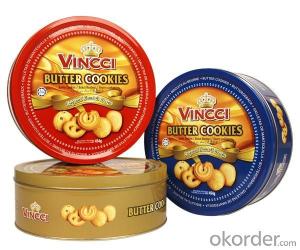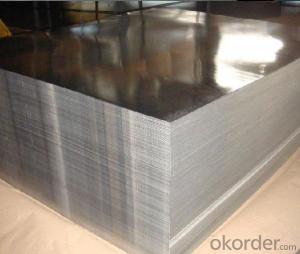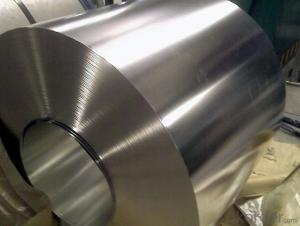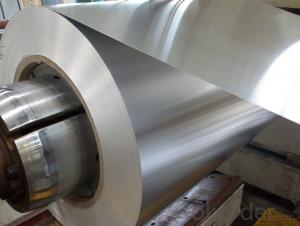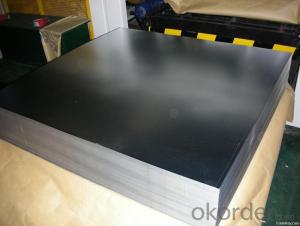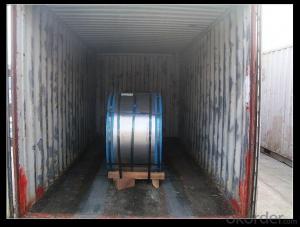Electrolytic Tinplate Coil and Sheets for Foods Packaging
- Loading Port:
- Tianjin
- Payment Terms:
- TT OR LC
- Min Order Qty:
- 25 m.t.
- Supply Capability:
- 7000 m.t./month
OKorder Service Pledge
OKorder Financial Service
You Might Also Like
1.Structure of Electrolytic Tinplate (ETP) Coil and Sheets for Foods Packaging Description
Electrolytic Tin Plate Coils and Sheets for Foods Metal Packaging, is one thin steel sheet with a coating of tin applied by electrolytic deposition. Tinplate made by this process is essentially a sandwich in which the central core is strip steel. This core is cleaned in a pickling solution and then fed through tanks containing electrolyte, where tin is deposited on both sides. As the strip passes between high-frequency electric induction coils, it is heated so that the tin coating melts and flows to form a lustrous coat.
2.Main Features of the Electrolytic Tinplate (ETP) Coil and Sheets for Foods Packaging
Appearance – Electrolytic Tin Plate is characterized by its beautiful metallic luster. Products with various kinds of surface roughness are produced by selecting the surface finish of the substrate steel sheet.
Paintability and printability – Electrolytic Tin Plates have excellent paintability and printability. Printing is beautifully finished using various lacquers and inks.
Formability and strength – Electrolytic Tin Plates have got very good formability and strength. By selecting a proper temper grade, appropriate formability is obtained for different applications as well as the required strength after forming.
Corrosion resistance – Tinplate has got good corrosion resistance. By selecting a proper coating weight, appropriate corrosion resistance is obtained against container contents. Coated items should meet 24 hour 5 % salt spray requirement.
Solderability and weldability – Electrolytic Tin Plates can be joined both by soldering or welding. These properties of tinplate are used for making various types of cans.
Hygienic – Tin coating provides good and non toxic barrier properties to protect food products from impurities, bacteria, moisture, light and odours.
Safe – Tinplate being low weight and high strength makes food cans easy to ship and transport.
Eco friendly – Tinplate offers 100 % recyclability.
Tin is not good for low temperature applications since it changes structure and loses adhesion when exposed to temperatures below – 40 deg C.
3.Electrolytic Tinplate (ETP) Coil and Sheets for Foods Packaging Images
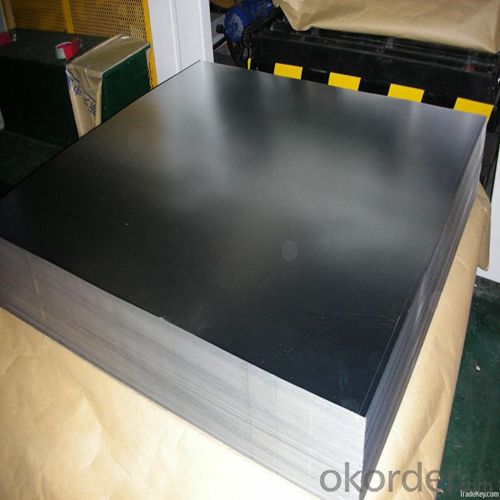
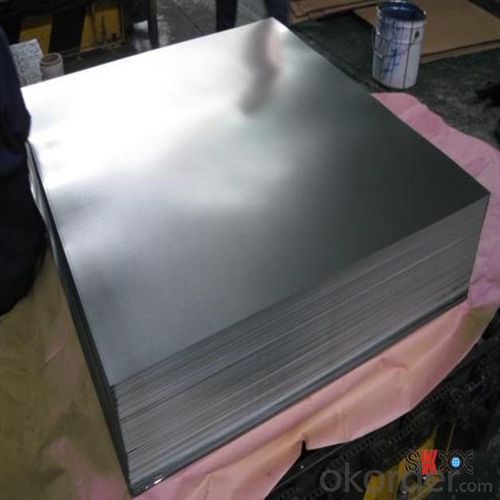
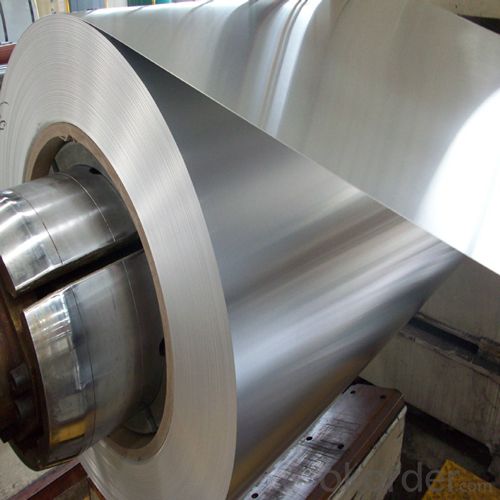
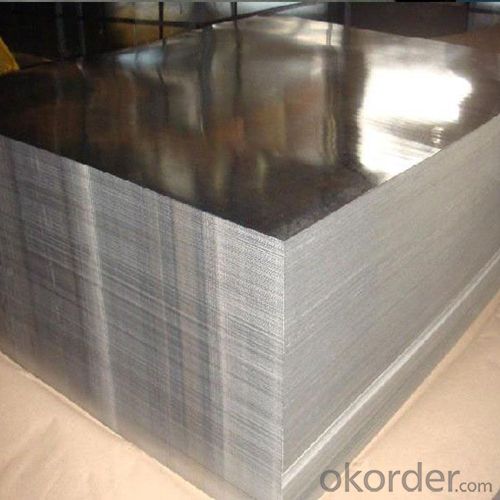
4.Electrolytic Tinplate (ETP) Coil and Sheets for Foods Packaging Specification
Standard | ISO 11949 -1995, GB/T2520-2000,JIS G3303,ASTM A623, BS EN 10202
|
Material | MR,SPCC |
Thickness | 0.15mm - 0.50mm |
Width | 600mm -1150mm |
Temper | T1-T5 |
Annealing | BA & CA |
Coil Inner Diameter | 508mm |
Weight | 6-10 tons/coil 1~1.7 tons/sheets bundle |
Passivation | 311 |
Oil | DOS |
Surface | Finish,bright,stone,matte,silver |
5.FAQ of Electrolytic Tinplate (ETP) Coil and Sheets for Foods Packaging
- How are the Electrolytic Tin Plates specified?
The Electrolytic Tin Plates are specified as per the steel base, extent of tempering, the coating weight, annealing method and the surface finish.
- How many types there are for base steels?
The base steels are of three types: Type MR, L, D
- How many types there are for base steels?
The base steels are of three types: Type MR, L, D
-What your tinplate material is used for ?
Tinplate is widely used for the packaging of products. Such as food cans,
beverage cans, pet cans, closures, general line cans and so on.
- Q: How does tinplate perform in terms of gas barrier properties?
- Tinplate exhibits excellent gas barrier properties, making it an effective material for packaging perishable goods and preventing the ingress of oxygen, moisture, and other gases.
- Q: How does tinplate handle exposure to different atmospheric conditions?
- Tinplate is known for its excellent resistance to atmospheric conditions. It is highly resistant to corrosion and can withstand exposure to different environmental factors, such as moisture, humidity, and temperature variations. The tin coating on the tinplate acts as a protective layer, preventing the base metal from coming into direct contact with the atmosphere and thus reducing the risk of rusting or oxidation. This makes tinplate a suitable material for various applications, including packaging, construction, and automotive industries, where it needs to withstand different atmospheric conditions.
- Q: What are the different types of tinplate?
- There are three main types of tinplate: Single Reduced (SR), Double Reduced (DR), and Electrolytic Chromium Coated Steel (ECCS).
- Q: How does tinplate contribute to the overall tamper-evident packaging?
- Tinplate contributes to tamper-evident packaging by providing a durable and secure material that is difficult to tamper with. Its strength and rigidity make it resistant to punctures or tears, ensuring that the packaging remains intact until it reaches the consumer. Additionally, tinplate can be sealed tightly, preventing unauthorized access and providing a visible sign of tampering if the seal is broken. Overall, tinplate enhances the safety and integrity of tamper-evident packaging, giving consumers confidence in the quality and authenticity of the product.
- Q: What are the considerations for handling and storing tinplate coils?
- There are several important considerations when handling and storing tinplate coils. Firstly, it is crucial to ensure proper handling techniques to avoid any damage or deformation to the coils. This may involve using appropriate lifting equipment and avoiding excessive bending or dropping. Secondly, tinplate coils should be stored in a clean, dry, and well-ventilated area to prevent corrosion. It is also important to protect the coils from direct sunlight and extreme temperatures. Additionally, proper stacking and securing methods should be employed to prevent any accidents or shifting during storage. Regular inspections and maintenance of the storage area and the coils themselves are also essential to ensure their integrity and quality.
- Q: How does tinplate packaging contribute to product shelf life?
- Tinplate packaging contributes to product shelf life by providing a durable and protective barrier against external factors such as moisture, oxygen, light, and temperature fluctuations. This helps to prevent spoilage, retain product freshness, and extend the overall shelf life of the packaged goods. Additionally, tinplate packaging is resistant to corrosion, ensuring the integrity of the packaging throughout the product's shelf life.
- Q: How does tinplate packaging contribute to food safety?
- Tinplate packaging contributes to food safety by providing a protective barrier that prevents contamination from external factors such as air, light, moisture, and microorganisms. It is resistant to corrosion and does not react with the food, ensuring the integrity and quality of the product. Additionally, tinplate packaging is tamper-proof, ensuring that the food remains safe until it reaches the consumer.
- Q: Can tinplate packaging be used for microwaveable products?
- No, tinplate packaging cannot be used for microwaveable products as it is a metal material and can cause sparks or fires in the microwave.
- Q: What are the main applications of tinplate in the jewelry industry?
- Tinplate is commonly used in the jewelry industry for a variety of applications. It is primarily used for making packaging materials such as jewelry boxes, display cases, and gift boxes. The tin coating provides a shiny and attractive finish, making it an ideal choice for presenting and storing jewelry items. Additionally, tinplate can be used for creating intricate designs and patterns on jewelry pieces, adding a unique and decorative touch.
- Q: How does tinplate resist corrosion?
- Tinplate resists corrosion due to the protective barrier created by the tin coating on the surface. This tin layer acts as a barrier, preventing direct contact between the base metal and the corrosive elements in the environment, thus preserving the underlying material from degradation.
Send your message to us
Electrolytic Tinplate Coil and Sheets for Foods Packaging
- Loading Port:
- Tianjin
- Payment Terms:
- TT OR LC
- Min Order Qty:
- 25 m.t.
- Supply Capability:
- 7000 m.t./month
OKorder Service Pledge
OKorder Financial Service
Similar products
Hot products
Hot Searches
Related keywords
